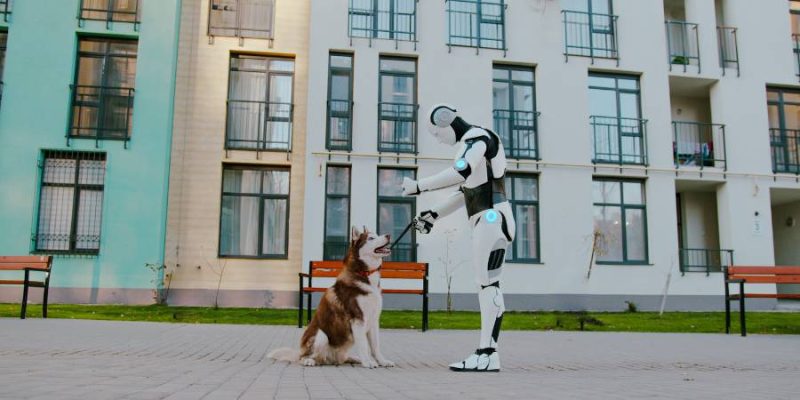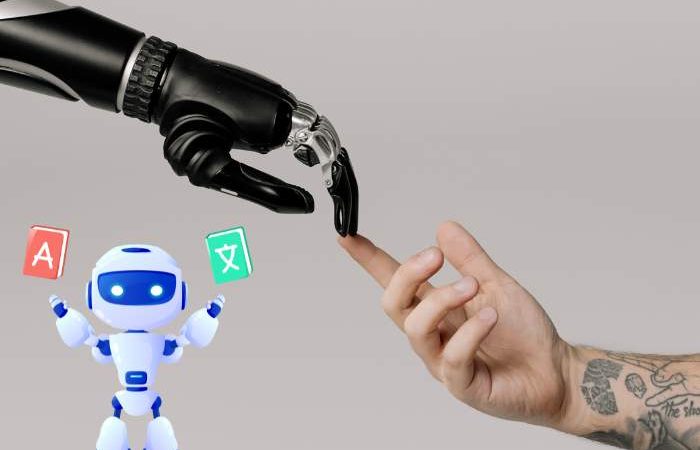
Can Robots Understand Your Pet’s Feelings?
Imagine coming home after a long day and your dog, tail wagging furiously, greets you at the door. You’ve always thought you understood your furry friend’s excitement, but what if a robot could do the same? Even better, what if that robot could tell you exactly what your pet was feeling, in ways you never imagined? Sounds like science fiction, right? Well, welcome to the brave new world where AI is stepping in to play the role of a pet whisperer.
The Promise of Pet Communication
For years, pet owners have wished they could understand what their animals are thinking. Are they happy? Anxious? In pain? While we’ve become skilled at reading basic cues—like a wagging tail or a low growl—what if there were a way to translate these behaviors into clear, unambiguous language?
Enter AI technologies designed to interpret animal sounds and behaviors. Researchers and tech companies are developing tools that claim to analyze everything from a cat’s purr to a dog’s bark, offering insights into your pet’s emotional state. It’s like Google Translate, but for pets.
How Does It Work?
AI-based pet communication systems typically rely on machine learning algorithms that are trained on massive datasets of animal behaviors and sounds. These datasets are often collected from videos, audio recordings, and even biometric sensors attached to the animals. By analyzing patterns and correlating them with known emotional states, these systems can, in theory, “understand” what your pet is trying to communicate.
For instance, some devices claim to decipher a dog’s bark to determine if it’s excited, scared, or even feeling lonely. There are also apps designed to interpret a cat’s meow, suggesting whether your feline friend is hungry, annoyed, or just wants some attention. Some of these technologies go a step further, using cameras to analyze facial expressions or body language, adding another layer to their interpretation.
But Can They Really Understand?
Here’s where things get interesting—and a bit controversial. While these AI systems are incredibly sophisticated, the question remains: Can they truly understand your pet’s feelings?
Critics argue that animals have complex emotional lives that are influenced by countless factors, many of which are subtle and nuanced. A wagging tail might mean happiness in one context, but anxiety in another. Can an algorithm really grasp these subtleties, or is it just spitting out generalized interpretations based on limited data?
Moreover, every pet is unique. Your dog’s bark might be very different from another dog’s, even if they’re experiencing the same emotion. AI systems, as advanced as they are, might struggle to account for these individual differences. While they can offer educated guesses, they might miss the deeper, more personal nuances that make your pet…well, your pet.
The Emotional Impact
For many pet owners, the idea of relying on a machine to understand their pet’s feelings can be both thrilling and unsettling. On one hand, it opens up new possibilities for deepening the bond between humans and animals. Imagine knowing exactly when your dog is feeling anxious and being able to comfort them right away.
On the other hand, it raises ethical questions. Are we reducing our pets to a series of data points? Is it possible that by relying too much on AI, we might actually miss out on the rich, intuitive connection that comes from years of living with and loving an animal?
The Future: A Blend of Intuition and Technology?
The future of AI in pet communication is promising, but it’s likely that these technologies will serve as supplements rather than replacements for our own instincts. AI can provide insights that might be beyond our perception, but it’s our unique relationship with our pets that will always remain the cornerstone of understanding them.
So, can robots truly understand your pet’s feelings? Maybe not entirely—but they’re getting closer. And as these technologies evolve, they might just help us bridge the gap between humans and animals in ways we never thought possible.
Conclusion
The idea that robots could one day interpret our pets’ emotions is both exciting and a little eerie. As we stand on the brink of this technological revolution, one thing is clear: the bond between humans and animals is about to change in ways that could be both wonderfully enlightening and deeply complex.
Whether you embrace this future with open arms or approach it with skepticism, one thing’s for sure: the next time your dog barks, or your cat purrs, you might just find yourself wondering—what would the AI say?
Share this post if you’re as intrigued by the idea of talking to your pets as we are! Let’s start a conversation about the future of pet communication. Do you think robots can ever truly understand our furry friends?





















